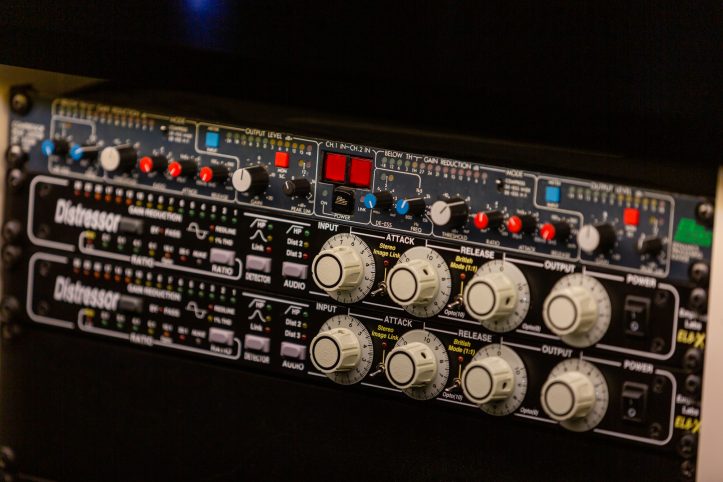
Costs assessments: fair, reasonable… and proportionate?
| What area(s) of law does this episode consider? | The costs assessment process, particularly in New South Wales, Victoria and Queensland. |
| Why is this topic relevant? | Understanding the costs assessment process is important for all lawyers, but particularly for litigation and dispute resolution lawyers in the event costs are assessed under a court order, or the client raises an issue regarding costs. Ordinarily, in a costs assessment the lawyer will have to provide itemised bills and detailed timesheets that detail the time and costs incurred. The costs assessment process can be difficult to navigate due to determining: the applicable legislation, whether the assessment is made within time, the fees associated with the costs assessment, who’s liable to pay those fees, rights of appeal, and the correct way to communicate with both the assessor and the other side in the costs assessment. |
| What legislation is considered in this episode? | Legal Profession Uniform Law 2015 (NSW), specifically,
|
| What cases are considered in this episode? | Bayley & Associates Pty Ltd v DBR Australia Pty Ltd [2014] FCA 346 This case involved a costs dispute arising from a cost order made in the Applicant’s favour in a 2013 judgment. In 2014 the Applicant sought an order that its costs be paid on a lump sum basis by the second and fourth Respondents. Mike Dudman gave evidence as an expert in the assessment of legal costs. He was instructed to ‘provide his opinion as to the amount likely to be considered by a taxing officer as the necessary and proper costs and disbursements incurred by the applicant (for the period up to 31 July 2011) and as the reasonable costs and disbursements incurred thereafter if the applicant’s costs and disbursements were to be taxed in accordance with the relevant rules of Court on the party/party basis.’ [8] He concluded that the amount of costs and disbursements likely to be awarded to the applicant was $729,223.98. Mike Dudman’s cost analysis led him to conclude that costs would likely be reduced by no more than 10%. With regard to taxation on the disbursements incurred in the proceedings, they would be likely be reduced by not more than 5% given that, in his professional opinion, they were incurred on a ‘necessary or proper’ or ‘reasonable’ basis. Armstrong Strategic Management and Marketing Pty Limited v Expense Reduction Analysts Group Pty Ltd (No 10) [2017] NSWSC 16 Similarly, this case involved a costs dispute arising from a principal judgment made in July 2016 in favour of the Defendants, whereupon the proceedings were dismissed, partial cost orders were made in the Defendant’s favour. In September 2016 the Defendants, by notice of motion, sought an order under s 98(4)(c) of the Civil Procedure Act 2005 (NSW) that the Plaintiff pay the Defendants’ cost of the proceedings, assessed on a gross sum basis, and fixed in the amount of $6,481,994.94 as arrived at by costs consultant, Mike Dudman. Ball J found in favour of the Defendants and relied exclusively on Dudman’s expert evidence in arriving at a costs order of $5.75 million. Ball J noted that the figure of $6,481,994.94 was derived from a conservative approach to the costs assessment by Dudman, which was made based on invoices totalling $9,140,147.35. Shi v Mills Oakley [2020] VSC 498 In this case, Mr Shi retained Mills Oakley to represent him in a shareholder dispute. In November 2016, a solicitor from Mills Oakley told Mr Shi said that it was difficult to estimate the costs of the litigation, but that it could potentially be around $100,000. The following day Mills Oakley sent a costs agreement to Mr Shi that listed the total fee estimate as ‘$50,000 (+ disbursements + GST).’ Following an unsuccessful mediation between Mr Shi and the other party, Mills Oakley informed Mr Shi that the costs would be approximately $60,000, which included counsel’s fees and fees associated with trial preparation. However, in October 2019 when the trial concluded, Mr Shi was told that the cost of the proceedings totalled $267,888, which comprised $74,000 in disbursements and $169,500 in legal fees. Mr Shi argued that his lawyers did not provide a valid costs agreement, nor a valid estimate of his legal costs, and failed to disclose the basis on which costs were to be charged. Mills Oakley claimed that Mr Shi failed to properly analyse the costs agreement, but the court disagreed, ruling that Mills Oakley failed to comply with their requirements under the Legal Profession Uniform Law. The Supreme Court determined that Mills Oakley failed to disclose hourly rate increases for partners and senior associates over the course of the case and failed to provide a reasonable estimate of disbursements and total legal costs. |
| What are the main points? |
|
| What are the practical takeaways? |
|
| Show notes | Supreme Court of NSW’s guideline on costs payable between parties under court orders (Word doc. download) Supreme Court of NSW’s information sheet on communication between parties and with costs assessors Law Society of NSW ‘Costs Guide’ 7th edition (2017) Chapter 4: Uniform Law and Costs Assessment (PDF download) |
You must be a subscriber to access this content.
You must be a subscriber to access this content.